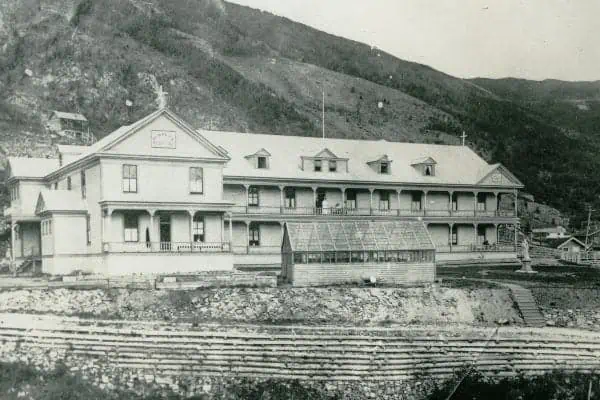We’re past the halfway mark in October as I write this. The sun rose today at 9:16 and will set at 18:49 (6:49 for most of us civilians), so we’re down to less than half a day of actual sunlight. That’s in spite of the fact we can count on extended, refracted light on either end of that time span.
Today gave us a lot of glorious sunlight, after the morning fog burned off, but the day before was grey for most our 10 hours, and that indirect illumination just doesn’t have the same sense of warmth to it.
When the sun does hit you, it has a definite glare and is so warm that even on an afternoon in mid-October, you can find people leaning against the wall of a building where the sun is directly shining, out of the impact of any breeze that might ruin the effect. Sure, they’re not dressed for summer weather, but they still look content sitting there sipping their coffee.
That only lasts until the shadows move in that direction. Dawson has very distinct shadows, and they are elongated in any season due to the angle of the sun’s arc. Unlike the Maritimes, where I grew up, the sun is never directly overhead and there are always shadows to be found.
The sun circles around, from roughly the northeast to the northwest, and spends a lot of time shining from the southern quadrant of the sky.
When the new hospital and the new seniors’ lodge were being planned, an architect tried to tell a public meeting about all the various directions from which the building would capture the sun: east, south, west and north.
Several of us called out, “There is no northern exposure.”
And we were quite correct.
You can see that happen from the top of the Midnight Dome or the higher Fire Tower Dome, but never in the bowl between the surrounding hills where downtown Dawson lives.
Shadows, on the other hand, we have lots of. At this time of year, by midafternoon, a person standing at the corner by the Old Post Office, at King and Third, can have a shadow that stretches for at least a block.
Even if you didn’t notice that the shadow had darkened the area in front of you, you would know by the sudden decrease in temperature. This is true even in the summer, but it’s especially noticeable as the daylight hours shrink and the sun’s arc gets shallower.
We will eventually reach a point where there is no direct sunlight shining on the town and the brightest light we get is the reflection off the Moosehide Slide. Then we enter what the Scandinavians like to call the Season of Blue Light, but that’s still a few weeks away at the time I am writing this essay.




